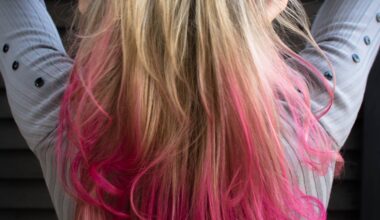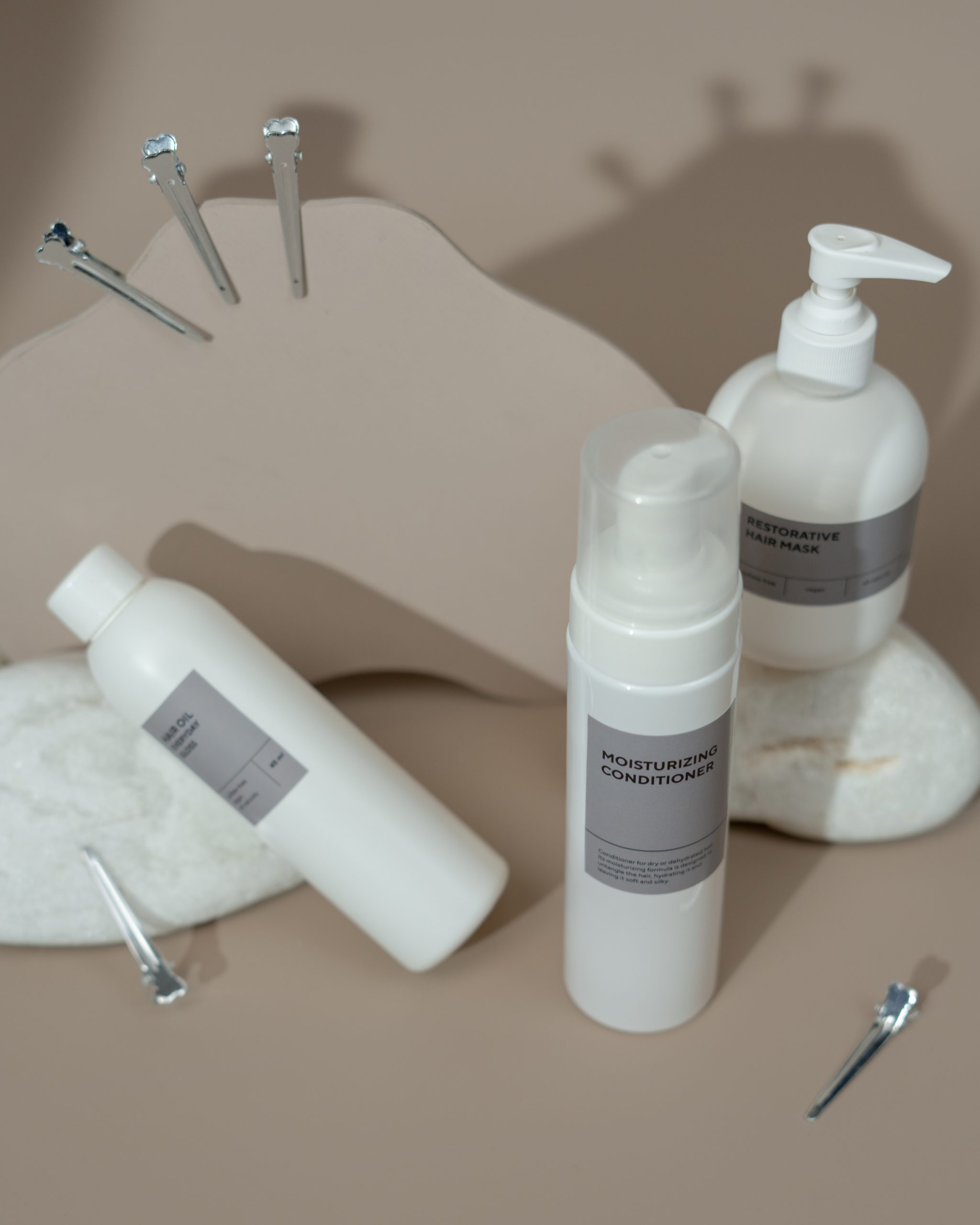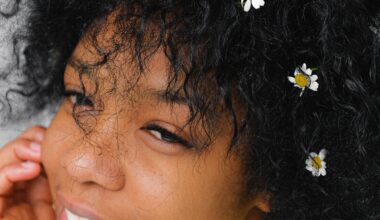Introduction:
In the dynamic realm of hair care, we often find our shelves adorned with a myriad of products, each promising transformative results. From conditioners that lock in moisture to serums that combat frizz, our hair care arsenal is robust. Yet, a question lingers: how long do these products genuinely last? While it’s enticing to hold onto that luxurious conditioner or that once-effective serum, knowing when they’ve overstayed their welcome is paramount. This guide aims to unlock the secrets of hair product longevity, with a spotlight on comparing the shelf life of conditioners with other hair titans.
Key Takeaways:
- Freshness Matters: The efficacy of hair care products is intrinsically linked to their freshness. Using them past their prime not only diminishes their potency but can be detrimental to your hair’s health.
- Diverse Lifespans: Not all hair products are created equal. Factors such as ingredients, packaging, and storage conditions play a pivotal role in determining how long they stay effective.
- The Conditioner Chronicle: Dive deep into understanding the shelf life of conditioners and how they stack up against other products.
- Beyond the Expiry Date: Grasp the nuances between “Best Before” and “Expiry Date” and why it’s crucial to differentiate the two.
- Store Smart, Use Smart: Practical tips and tricks to maximize the use of your hair products before they bid farewell.
Understanding Hair Product Expiry
In the ever-evolving world of hair care, staying informed about the longevity of our products isn’t just about getting the most bang for our buck—it’s crucial for the health and vitality of our hair. But what exactly causes these products to expire?
Why Products Expire: Every hair product, be it conditioner, serum, or shampoo, contains a combination of ingredients that can degrade over time. These may be natural ingredients like oils or botanical extracts, or synthetic components such as silicones or preservatives. The breakdown of these elements not only diminishes the product’s efficacy but can also lead to bacterial or fungal growth, neither of which you’d want to introduce to your scalp!
Impact on Hair Health & Appearance: Using expired products can have varying consequences. At best, they simply won’t perform as intended. That conditioner may not offer the same level of hydration, or that serum might not give your hair its usual gloss. At worst, they can cause scalp irritations or even infections. Moreover, certain degraded ingredients can leave residues, leading to product build-up that makes hair appear dull and lifeless.
Key Insights:
- Shelf Life Indicators: While some products come with clear expiration dates, others might have a symbol resembling an opened jar with a number, representing the number of months the product remains effective after opening.
- Preservatives’ Role: These are often added to products to increase shelf life by preventing bacterial and fungal growth. However, even with preservatives, exposure to air, light, and heat can still degrade other ingredients.
Having explored the foundation of hair product expiry, it sets the tone for diving deeper into the shelf life of conditioners and then contrasting it with other hair products.
Deep Dive into Hair Conditioner’s Shelf Life
As a staple in hair care routines, conditioners are renowned for their ability to add moisture, reduce frizz, and enhance hair’s overall manageability. However, just like any other product, conditioners have a limited shelf life. Let’s take a closer look at the factors affecting their longevity.
Natural vs. Commercial Conditioners:
- Conditioners can be categorized into two main types: natural and commercial. Commercial conditioners typically contain synthetic ingredients and preservatives that extend their shelf life. These can last between 12 to 24 months, depending on the brand and formulation.
- Natural conditioners, on the other hand, often lack synthetic preservatives. They rely on natural ingredients like plant extracts and essential oils. While this is a boon for those seeking chemical-free options, it comes with a trade-off – shorter shelf life, usually ranging from 6 to 9 months.
Signs of an Expired Conditioner:
- Identifying an expired conditioner is crucial to avoid potential harm to your hair. Some common signs include changes in consistency (becoming thicker or thinner), alterations in scent (a rancid or unusual odor), and shifts in color (usually towards an unusual hue).
- In severe cases, you might even notice the separation of ingredients, with oils or other components floating on the top. This separation signifies that the conditioner is no longer effective.
Storage Tips for Optimal Conditioner Longevity:
- To maximize the shelf life of your conditioner, it’s essential to store it properly. Keep it in a cool, dry place away from direct sunlight and moisture. Bathrooms, while convenient, can be humid and warm, accelerating the degradation process.
- Make sure to close the cap tightly after each use to minimize air exposure, which can cause the product to deteriorate more quickly.
Understanding these nuances allows you to make informed choices about the conditioners you use and ensure you’re enjoying their full benefits.
Comparing with Other Hair Products
Hair care goes beyond just conditioners, and our shelves are often stocked with a variety of products each designed to cater to different needs. Let’s explore how these products compare in terms of shelf life.
Shampoos:
- Shampoos typically contain cleansing agents that are effective for an extended period. Commercial shampoos often last for around 24 to 36 months. Signs of expiration may include changes in texture or an altered scent.
- Natural or organic shampoos, while gentle, might have shorter lifespans due to the absence of synthetic preservatives.
Hair Serums:
- Hair serums are known for their ability to add shine and control frizz. Many contain silicones or oils, which have a longer shelf life. Commercial serums can last up to 24 months.
- Signs of a serum gone bad might include changes in texture or a rancid smell.
Hair Sprays:
- Hair sprays can be alcohol-based or water-based. Alcohol-based sprays tend to have longer shelf lives, often lasting up to 36 months.
- Water-based sprays may not last as long and can be prone to bacterial growth. Signs of expiration include changes in consistency or a strange odor.
Hair Gels & Mousses:
- The shelf life of these styling products can vary, with commercial versions often lasting around 12 to 24 months.
- Signs of expiration can include changes in texture, such as drying out or becoming overly sticky.
Hair Masks & Deep Treatments:
- Hair masks and deep treatments often contain natural ingredients and fewer preservatives, giving them shorter lifespans, typically around 6 to 12 months.
- Signs of an expired treatment might include changes in consistency or an off-putting smell.
Key Insights:
- Packaging plays a significant role in product longevity. Pumps and squeeze bottles minimize air exposure, which can extend a product’s shelf life.
- Proper storage, away from direct sunlight and excessive heat, is crucial for all hair products.
By understanding the shelf lives of these products, you can make informed decisions about which ones to prioritize and how to store them for optimal results.
Factors Affecting Shelf Life Across All Products
Ensuring the longevity and potency of your hair products isn’t just about the type of product; it’s also about how you store and handle them.
Packaging:
- The type of packaging can significantly impact a product’s shelf life. Products in jars or tubs, where you need to dip your fingers, are more prone to contamination. Squeeze bottles and pumps are more hygienic and minimize air exposure.
Storage Conditions:
- Where you keep your hair products can make a world of difference. Extreme temperatures, be it hot or cold, can affect the texture, scent, and efficacy of products. Storing them in a cool, dry place is ideal.
- Bathrooms, while convenient, can be humid, leading to mold and bacterial growth. Consider storing products in a cabinet or drawer.
Usage Frequency:
- Every time you open a product, you introduce air, which can lead to oxidation and degradation of ingredients. Try to use products efficiently and avoid frequent opening unless necessary.
Differentiating “Best Before” and “Expiry Date”:
- Some products may have a “Best Before” date and others an “Expiry Date.” Understanding the difference is vital. “Best Before” signifies the period when the product is at its peak quality but can still be used after. “Expiry Date” indicates that the product may not be safe or effective to use after that date.
Key Insights:
- Keep an eye on the symbol resembling an opened jar on the packaging; it typically indicates the number of months a product remains effective after opening.
- If a product changes in color, texture, or scent, it’s a sign that it may have expired or gone bad.
By paying attention to these factors, you can prolong the lifespan of your hair products and get the most out of them before they expire.
Maximizing Your Hair Products Before They Expire
As we conclude this journey through the world of hair product longevity, it’s essential to recognize that you have the power to make the most of your hair care investments.
Efficient Storage Solutions:
- Consider keeping your hair products in a cool, dry, and dark place. Store them away from direct sunlight and moisture, which can expedite their expiration.
Monitoring and Marking Purchase Dates:
- When you purchase a product, note the date of purchase or opening on the packaging. This will help you keep track of its lifespan and ensure you’re using it within its optimal period.
Understanding “Best Before” and “Expiry Date”:
- Be aware of the difference between these dates. While a product may be at its best before a certain date, it can still be safe and effective to use after that date, but the efficacy might diminish gradually.
Prioritize Your Hair’s Wellbeing:
- Don’t hang onto products simply for the sake of finishing them. If a product has expired or doesn’t seem to work as effectively as before, it’s better to let it go. Your hair’s health and appearance should always come first.
With these strategies, you can ensure that your hair products serve you well until the last drop, providing your hair with the care and attention it deserves.
Conclusion:
In the grand symphony of hair care, the longevity of your products is a crucial note. From conditioners that imbue your locks with silkiness to serums that tame frizz, each product plays a unique role in your hair care routine. However, as with all good things, they too have their time. Knowing when to bid farewell to an old bottle and make way for a new one is an art, and this guide has equipped you with the brushstrokes.
As we close the chapter on understanding the lifespan of hair products, remember this: it’s not just about using products; it’s about using them at their best. Whether it’s a conditioner that unlocks moisture or a serum that adds shine, let your hair enjoy the full benefits of fresh, vibrant products.
So go ahead, pamper your hair, make informed choices, and let your locks shine with vitality and beauty.






